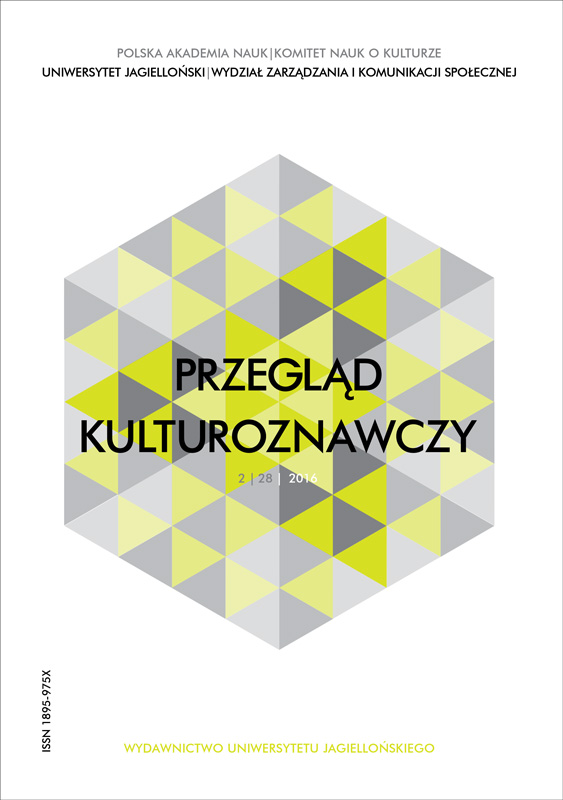Redefining hybridity in contemporary Kathak dance
Redefining hybridity in contemporary Kathak dance
Author(s): Katarzyna SkibaSubject(s): Customs / Folklore, Cultural Anthropology / Ethnology, Transformation Period (1990 - 2010), Present Times (2010 - today)
Published by: Wydawnictwo Uniwersytetu Jagiellońskiego
Keywords: cultural hybridity; transculturality; Indian dance; Kathak;
Summary/Abstract: The article aims to examine the extent to which the present day mobility of dance professionals and global, cultural flows hybridize Kathak art and practice in India. It focuses on innovative approaches and cross-cultural productions of selected Indian artists, highlighting the significance of their entanglement in the global networks of dance professionals and cultural markets as key factors of refashioning Kathak tradition. I shall explore the emerging pursuit of these artists toward pluralistic aesthetics, juxtaposing it with the phenomenon of the colonial mimicry (Bhabha 2004). I intend to address the following questions: What motivates the choreographers to use the hybrid language of dance? Is this language a strategy of innovation, consciously and willingly chosen by the artists, or rather the inheritance of colonial past, nowadays unwittingly reproduced through globalization? Does the cultural hybridity facilitates liberation of the dance from Orientalist and colonial discourses? What is its potential to reproduce national identity and to raise intercultural dialogues through the dance? Are these two objectives irreconcilable? This essay is based on fieldwork conducted primarily in Kolkata in 2015. Among several leading metropolitan centers of Kathak development, that I have researched (New Delhi, Mumbai, Kolkata, Ahmedabad, Lucknow, Bangalore), Kolkata appears to provide an environment particularly susceptible to the infl ux of concepts, techniques and practices from other cultures. This is apparent in the stage productions of Padatik, Rhythmosaic Dance Company, and Anurekha Ghosh Company, which will be discussed here as examples illustrating the dynamics of cultural hybridization and contextualized against changing, socio-cultural and economic conditions.
Journal: Przegląd Kulturoznawczy
- Issue Year: 30/2016
- Issue No: 4
- Page Range: 435-451
- Page Count: 17
- Language: English

